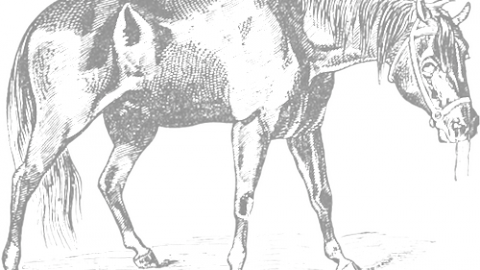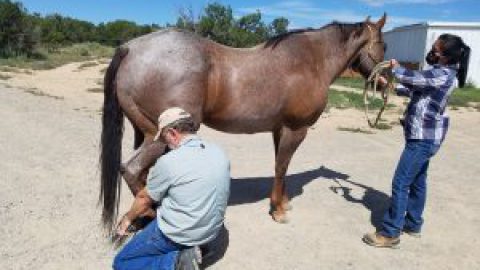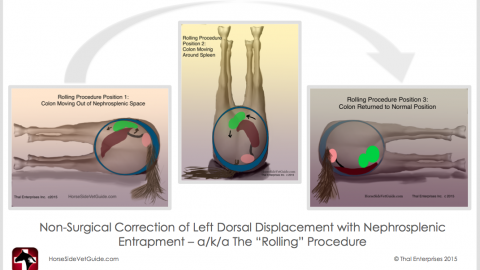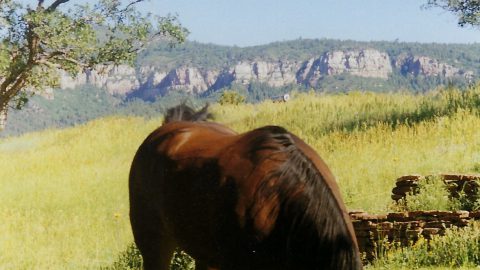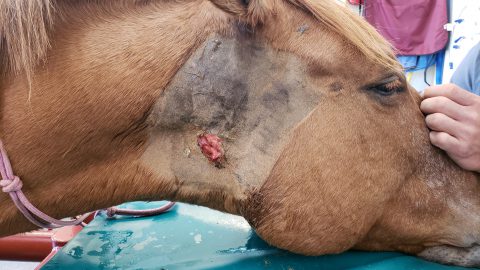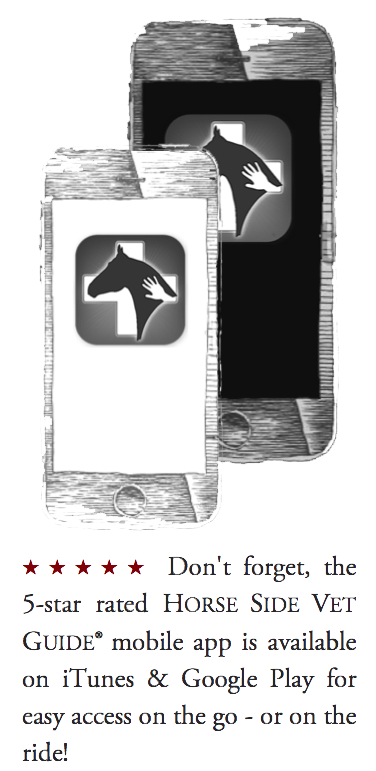Vesicular Stomatitis (VS): What Horse Owners Should Know
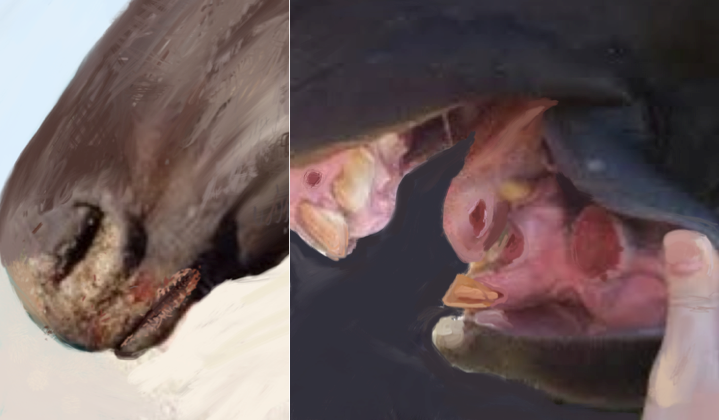
Mouth sores & lesions are common signs of Vesicular Stomatitis (VS) in horses.
Vesicular Stomatitis (“VS”) is a viral disease that affects horses, and less commonly cattle, pigs, llamas, alpacas, and other livestock. We see periodic outbreaks of Vesicular Stomatitis in many regions of the Southwestern United States. VS is a reportable disease, meaning that when a case is suspected by a veterinarian, we are required to involve the United States Department of Agriculture: Animal and Plant Health Inspection Service (USDA: APHIS).
Reporting is required because VS resembles “Foot and Mouth Disease” in cattle, which is greatly feared in the livestock industry. When VS is confirmed in the United States, non-affected states and most foreign countries initiate transport restrictions to prevent spread into their territories. Movement of livestock is hindered, and affected premises are quarantined. The entire livestock industry is adversely affected. After reporting a potential occurrence of the disease the animals in question must be inspected by USDA:APHIS. Laboratory work is performed to determine whether or not the animal has VS. Premises that have confirmed VS are quarantined for a specific period of time after the lesions and clinical signs resolve.
VS occurs exclusively in the Americas. The last severe outbreaks in the Southwestern United States occurred 2004, 2005, and 2006, and smaller outbreaks occurred in 2009 and 2010. The disease is more common in southern Mexico and Central and South America. It is likely that a warmer climate in the last 15 years has favored the presence of the disease here and is at least partly responsible for more frequent outbreaks.
SIGNS OF VS
The classic sign of VS is ulcers and blisters of the mouth, lips and tongue. Lesions are occasionally seen on the coronet bands (the hairline of the hoof) and on the udder or vulva of females and on the penis and sheath of males. Even more rare are ulcerations and scabbing of other body parts. Horses with mouth lesions generally salivate, have poor appetite or difficulty eating and in the first days of infection are obviously depressed. If you inspect the mouth of these horses, you might see the ulcerated areas. (Always wear gloves if you suspect a mouth disease in your horse.)
VS is thought to be spread by direct contact between saliva of infected animals and other horses, as well as by biting insects. Certainly shared tack, water and feed buckets could also spread disease. The precise means of spread is not known. Following exposure to the disease, it usually takes 1-3 days for signs to appear. The disease process is fairly short, and once lesions appear there are usually no new lesions formed after 3-4 days. The mouth heals fast. Lesions usually resolve in 10-14 days.
VS is generally not a very serious disease in horses. That said, the mouth sores are often very painful and can cause difficulty eating. Virus shedding (contagiousness) is usually limited to the first 6-7 days after exposure. Despite this, regulations usually dictate that horses are quarantined for 14- 30 days after the last lesions heal.
OTHER IMPORTANT POINTS
• Horses are more susceptible to infection than other livestock species.
• Pastured horses have a much higher rate of disease than stabled horses. It is unclear why this is but may relate to exposure to the infecting insects or to grazing itself.
• The infection rate is high in a group of horses but many horses do not show signs of disease. This relates to the immunity of some horses versus others. Usually 20%-30% of horses in a group will show signs of disease.
• Horses less than one year of age have a lower incidence of infection than older horses.
WHAT YOU SHOULD DO IF YOUR HORSE IS SHOWING SIGNS OF VS
• Call your veterinarian if you see suspicious signs in a horse, including salivation or ulceration of mouth, lips or tongue. Your veterinarian will either come out to see the horses or put you in contact with the State Veterinarian’s office. Any nursing care necessary for affected animals should be handled by you and your regular veterinarian.
• It is important that a licensed veterinarian see horses showing signs. Other problems may mimic VS and it is important to tell the difference between these. Grass stuck in the mouth, certain toxins, and blister beetle toxicity from hay can cause oral ulcers too.
• There is no vaccine, and as with many viral diseases, there is really no treatment other than time. If your horse cannot eat or drink, supportive nursing care may be necessary. In the event that your horse is not eating or drinking, call your vet right away to ensure that your horse gets the care it needs.
PREVENTION




